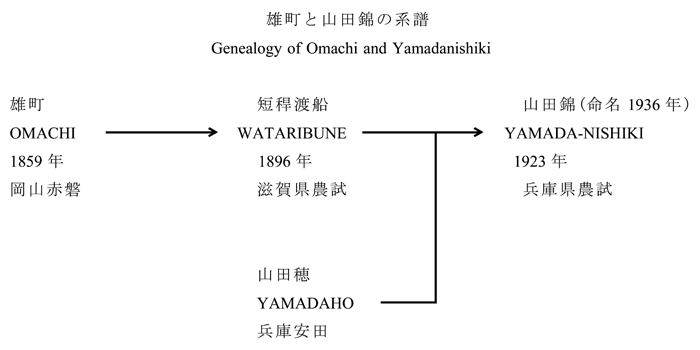Together with five contract farmers, we grow Omachi rice in the Nika district of Takehara.
Omachi rice came to Takehara after being created in Okayama in 1859.
A sakamai variety ideal for sake production, it is an ancestor to Yamada Nishiki and Gohyaku Mangoku, very popular sake rice varieties today.
As a wild species of rice, it is vulnerable to disease, and when production volumes dropped dramatically during wartime it came to be known as the elusive sakamai.
Our efforts along with many sake breweries have led to a revival of Omachi rice.

Five Key Characteristics of Omachi
- Pleasant rounded mellow taste
- Full complex flavor
- Rich body and long aftertaste
- Balanced sweetness and acidity
- Umami emerges with aging
These are precisely the flavors we aspire to in our sake brewing, and in partnership with farmers in our perfectly suited natural environment we brew all our sake using only locally-grown Omachi rice.







